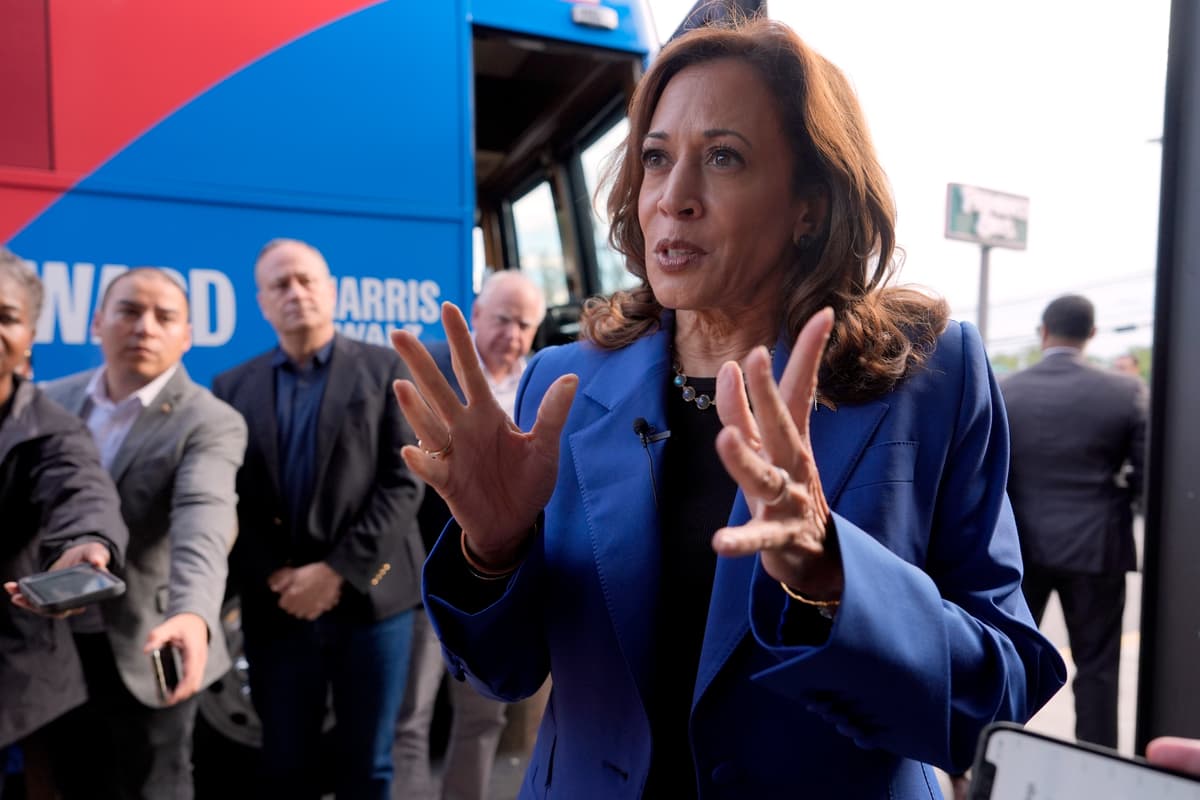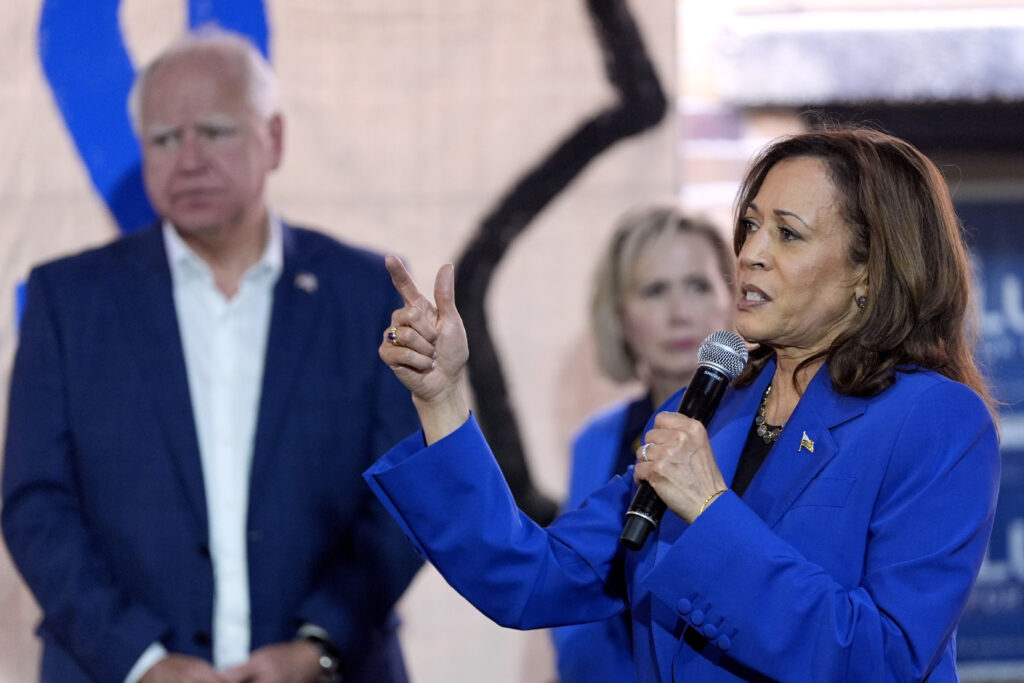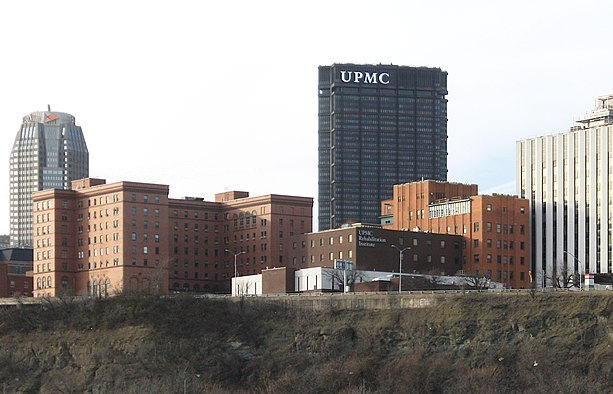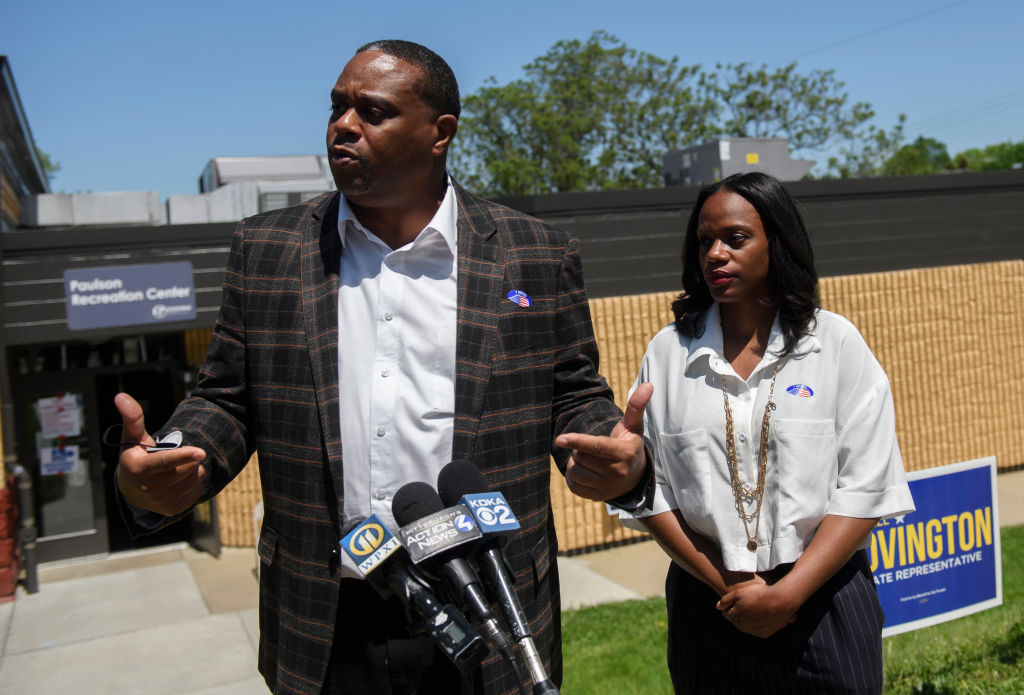Anatomy of a Harris Campaign Stop: Will Tightly Controlled Appearances Move the Needle in Swing States?
Local Democrats noted the risk of holding an event at Pittsburgh and possibly facing her party’s pro-Hamas contingent, which has become politically vocal in the city.

PITTSBURGH — Billed as a Pittsburgh kickoff bus tour on the eve of the Democratic National Convention, Vice President Harris and her running mate, Governor Walz, instead spent August 18 at Beaver County in tightly controlled stops before heading to Chicago.
Ms. Harris held a short rally at a private airport hangar surrounded by supporters — mostly members of local unions — who were bussed in for the event, before heading off to two retail stops and a visit to a phone bank before finishing the day at a local Sheetz gas station.
Beaver County, located to the west of Allegheny County, adjacent to the airport, was once a powerful component of the Democratic Party, filled with union families who worked at the steel mills at Aliquippa and Ambridge.
As the Democratic Party shifted left, the voters moved toward the Republican Party. In 2020, President Trump won the county over President Biden by nearly 20 percentage points.
While some local Democrats thought the move was strategic, to show Ms. Harris was attempting to expand her universe, others were more cynical, citing the tight control of who attended her planned events and the risk she would take doing an event at Pittsburgh and possibly facing her party’s pro-Hamas contingent, which has become politically vocal in the city.

Recently that movement, spearheaded by the Pittsburgh Democratic Socialists of America, came to a head when a proposed ballot question that would ban Pittsburgh from doing business with companies that have financial ties to Israel has spurred accusations of antisemitism and placed Mayor Ed Gainey on the hot seat.
The DSA’s Pittsburgh chapter submitted the petition to the city to put the question to voters this November.
Mr. Gainey’s initial reaction was concern about the implications of the ban that would grind to a halt the city’s ability to deliver services.
Mr. Gainey did not, however, publicly object to the ballot question.
When the ballot petitions were handed in last week, it was discovered more than a dozen employees within Mr. Gainey’s administration had signed the petition — that would grind city services to a halt — including the director of communications, Maria Montano.
Within days Ms. Montano stepped down from her position.
Since October 7 the city has become a hotbed of pro-Palestine protests, including an encampment that was set up on the grounds of the University of Pittsburgh.

The city has also become a hotbed of vandalism to synagogues, Jewish-owned businesses and the homes of Jewish residents at the city neighborhood of Squirrel Hill, where the massacre of 11 congregants at the Tree of Life synagogue occurred almost six years ago.
Several longtime Democratic strategists in Pennsylvania believe Ms. Harris avoided Pittsburgh for any of her stops and stuck close to the airport so she could avoid the possibility that protesters would interrupt her kickoff tour in Pennsylvania, an important battleground state.
Many Harris supporters expressed disappointment in not being able to find a way to see her when she was in Beaver County.

The details of her event were kept under lock and key until her arrival — given the distance of Beaver County to the city of Pittsburgh, it made it difficult for supporters to get there in enough time to see her.
Ms. Harris was greeted by Senator Casey, Representatives Chris Deluzio and Summer Lee, and the Allegheny County executive, Sara Innamorato, at the airport, where two Harris-Walz buses were parked.
Ms. Harris greeted her invited supporters by walking-in to her campaign song, Beyonce’s “Freedom.”
A new Emerson College Polling/RealClearPennsylvania survey finds 49 percent of voters support Trump, and 48 percent support Ms. Harris for president in the Keystone State.
With undecided voters’ support allocated, Trump extends to a 2-point lead, 51 percent to 49 percent. With third-party candidates on the ballot, it’s 47 percent Trump, 47 percent Harris.
Creators.com

